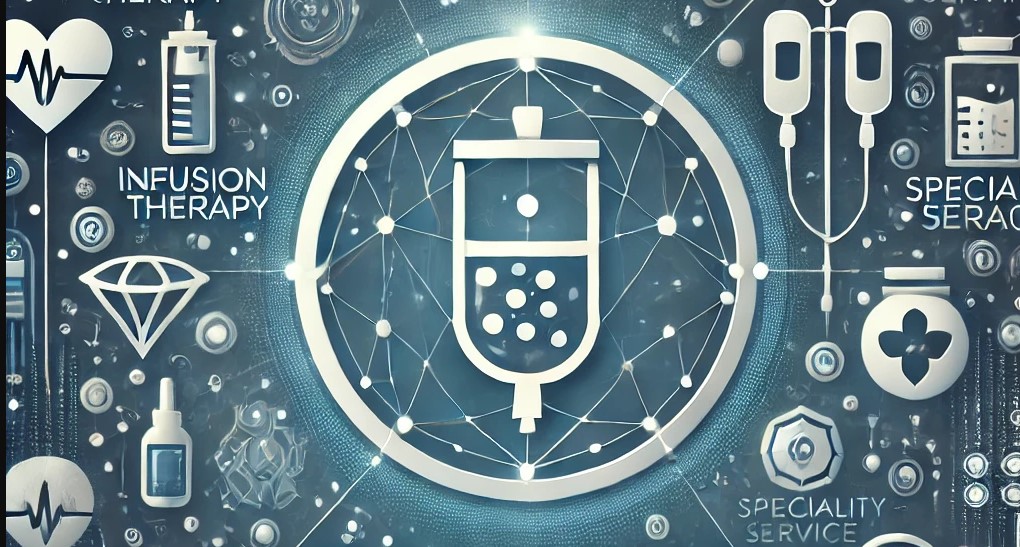OpenAI’s ChatGPT has rapidly advanced since its inception, now powering productivity tools, business applications, and creative endeavors worldwide. The chatbot, leveraging the latest GPT-4 model, has expanded its functionalities, attracting more than 100 million weekly active users and integration into 92% of Fortune 500 companies. The journey of ChatGPT is marked by significant milestones, each reshaping how users interact with artificial intelligence.
Key Developments in ChatGPT
Since its launch, ChatGPT has introduced numerous updates enhancing its capabilities. OpenAI’s first developer conference, OpenAI DevDay, unveiled the GPT-4 Turbo, a high-performance version of GPT-4, and a multimodal API. This API enables the integration of text and image generation within the chatbot, broadening its utility for developers and users alike.
Moreover, OpenAI has connected ChatGPT to the internet for all users, allowing real-time information retrieval. The integration of DALL-E 3 for image generation further enhances the creative possibilities. Users can now upload files from Google Drive and Microsoft OneDrive, interact with tables and charts, and export customized data visualizations, simplifying data analysis and presentation.
Addressing Challenges and Expanding Horizons
ChatGPT’s journey hasn’t been without hurdles. The sudden firing and rehiring of CEO Sam Altman raised concerns about the company’s direction, opening doors for competitors like Meta’s LLaMA models. Despite these challenges, OpenAI continues to innovate. Recently, the company partnered with Reddit for real-time content integration and Stack Overflow for improved AI training data, ensuring ChatGPT remains at the forefront of AI development.
In response to ethical concerns, OpenAI introduced the Media Manager tool, allowing content creators to control the use of their material in AI training. This move aims to balance innovation with ethical responsibility, addressing criticisms from artists and content creators.
Future Prospects and Ethical Considerations
From my perspective, the rapid evolution of ChatGPT illustrates both the promise and challenges of AI. The introduction of GPT-4 Turbo and the multimodal API demonstrates OpenAI’s commitment to advancing AI capabilities. However, the ethical implications of AI use, particularly in content creation and privacy, must be carefully managed.
The partnership with Common Sense Media and efforts to combat election misinformation are steps in the right direction. However, the decision to remove language prohibiting military applications of AI raises questions about the responsible use of such powerful technology. Balancing innovation with ethical considerations will be crucial for OpenAI as it navigates the future of AI development.
Conclusion
ChatGPT has transformed from a simple chatbot to a multifaceted AI tool integral to various industries. Its ongoing development, marked by significant updates and ethical considerations, positions it as a leader in AI innovation. As OpenAI continues to expand ChatGPT’s capabilities, the focus must remain on responsible development and addressing the ethical challenges that accompany such advancements. The future of ChatGPT holds immense potential, promising to reshape how we interact with technology while navigating the complexities of ethical AI use.
Source: https://techcrunch.com/2024/05/20/chatgpt-everything-to-know-about-the-ai-chatbot/






